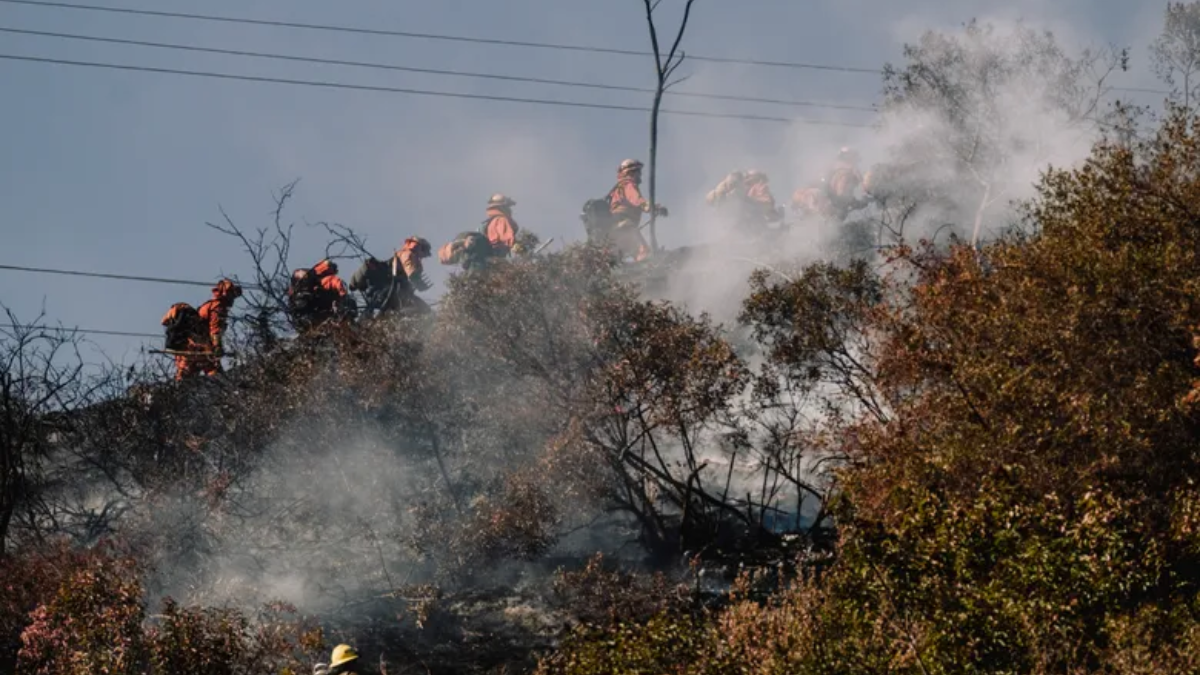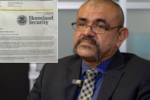The devastating aftermath of the recent Los Angeles wildfires has drawn comparisons to the infamous 2018 Camp Fire in Paradise, California. According to a retired director of the California Governor’s Office of Emergency Services (Cal-OES), the debris removal process will follow a similar approach to the one employed after the Camp Fire, which remains one of the deadliest and most destructive wildfires in state history.
Comprehensive Cleanup Efforts Ahead
The retired Cal-OES director emphasized that the scale of debris cleanup in Los Angeles is massive, with burned homes, commercial structures, and vehicles contributing to an overwhelming amount of hazardous waste. “The challenges are immense,” they noted. “We’re talking about handling toxic materials, ensuring public safety, and working within a framework that prioritizes environmental protection.”
In the aftermath of the Camp Fire, crews removed over 3.6 million tons of debris, including hazardous materials such as asbestos and household chemicals. Similarly, cleanup efforts in Los Angeles will involve a phased approach, starting with removing hazardous waste before transitioning to the clearing of general debris. This ensures that the process meets federal and state environmental regulations.
Coordinated State and Federal Response
The cleanup operation will be a joint effort between state and federal agencies, including the California Department of Resources Recycling and Recovery (CalRecycle) and the Federal Emergency Management Agency (FEMA). These entities will work alongside local governments to streamline debris removal and disposal.
The retired official pointed out that lessons learned from the Camp Fire will be critical to the success of the Los Angeles cleanup. “Coordination and communication were key during the Camp Fire recovery,” they said. “Applying these lessons will help ensure that the process is efficient and minimizes the impact on affected residents.”
Impact on Affected Communities
For the residents impacted by the Los Angeles wildfires, debris removal marks a crucial step toward recovery. However, the process is expected to take months, if not years, due to the sheer scale of destruction. The retired Cal-OES director urged patience and cooperation from the public, stressing the importance of adhering to guidelines set forth by cleanup crews and local authorities.
During the Camp Fire cleanup, property owners were required to sign Right-of-Entry (ROE) forms to allow crews access to their land. A similar approach will likely be adopted in Los Angeles, ensuring that the cleanup progresses smoothly and legally.
Environmental and Health Concerns
One of the primary concerns during debris cleanup is the potential release of toxins into the environment. Wildfires can generate ash and debris containing harmful substances such as heavy metals, dioxins, and volatile organic compounds (VOCs). These pollutants pose significant risks to human health and the environment if not handled properly.
Experts stress the importance of proper protective equipment for workers and adherence to strict disposal protocols. Additionally, air and water quality monitoring will play a crucial role in mitigating the long-term effects of the disaster.
Moving Forward
As Los Angeles begins its recovery journey, the lessons from the Camp Fire offer a roadmap for effective debris cleanup and community rebuilding. By leveraging past experiences and prioritizing collaboration, authorities aim to restore normalcy to affected neighborhoods while safeguarding public health and the environment.
For more detailed coverage on wildfire recovery efforts, visit CalRecycle’s website.
Disclaimer – Our team has carefully fact-checked this article to make sure it’s accurate and free from any misinformation. We’re dedicated to keeping our content honest and reliable for our readers.








